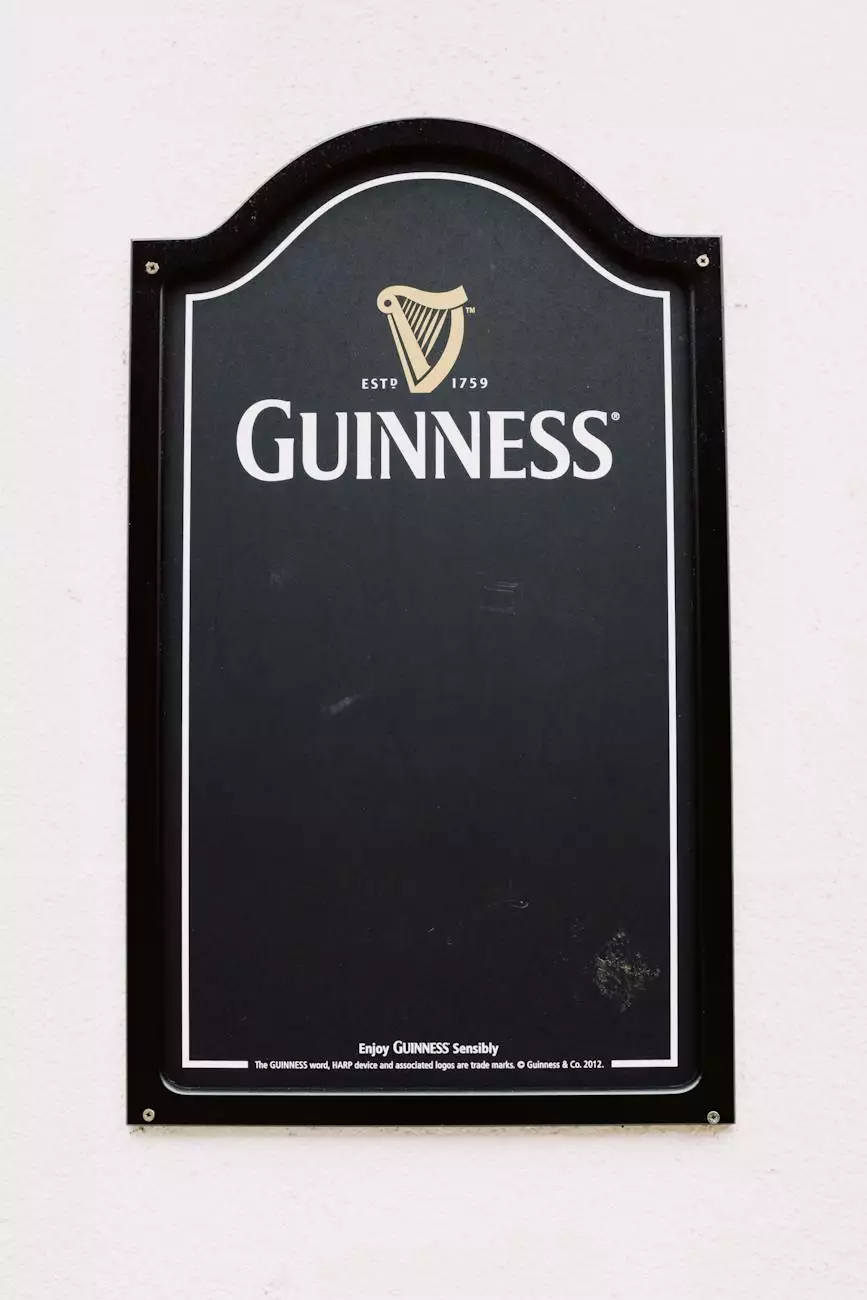How to Write a Marketing Plan - A Guide by AI Creative Design
Blog
Introduction
In today's competitive Arts & Entertainment industry, having a well-defined marketing plan is crucial for success. Whether you are an aspiring artist, designer, or involved in any visual arts and design-related field, understanding how to effectively promote your work and connect with your target audience is essential.
Why a Marketing Plan Matters
A marketing plan serves as a roadmap for your business or creative endeavor. It helps you outline your goals, identify your target market, and develop strategies to reach and engage with your audience effectively. Writing a comprehensive marketing plan enables you to focus your resources, stay organized, and make data-driven decisions.
1. Define Your Goals and Objectives
Before diving into the intricacies of your marketing plan, it is vital to clearly define your goals and objectives. Ask yourself, "What do I want to accomplish with my visual arts and design work?" Are you looking to increase brand awareness, generate sales, or exhibit your creations to a wider audience? Define specific, measurable, attainable, relevant, and time-bound (SMART) goals for your marketing efforts.
2. Know Your Target Audience
Understanding your target audience is crucial to tailor your marketing strategies and messages effectively. Conduct thorough market research to identify the demographics, preferences, and behaviors of your potential customers. This knowledge will allow you to create compelling content and engage with your audience on platforms where they are more likely to be present.
3. Analyze the Competitive Landscape
Analyze your competitors within the Arts & Entertainment industry. Identify their strengths, weaknesses, and unique selling propositions (USPs). This competitive analysis will provide you with insights into market gaps, potential collaborations, and new opportunities to differentiate yourself from others.
4. Develop a Brand Identity
Establishing a strong brand identity is crucial for recognition and building trust among your target audience. Define your brand values, vision, mission, and unique characteristics that set you apart from others. Develop a visually appealing logo, choose a consistent color palette, and create a compelling brand story that resonates with your audience.
5. Craft Compelling Content
Creating high-quality, engaging content is essential to attract and retain your audience's attention. Utilize various formats such as blog posts, videos, infographics, and social media posts to showcase your visual arts and design work. Ensure your content is informative, visually appealing, and aligned with your brand identity.
6. Choose Appropriate Marketing Channels
Selecting the right marketing channels is crucial to effectively reach your target audience. Explore both online and offline platforms based on your audience's preferences. Utilize social media platforms, art galleries, creative forums, industry events, and relevant publications to showcase and promote your work.
7. Utilize Search Engine Optimization (SEO)
Boost your online presence and visibility by implementing effective search engine optimization techniques. Identify relevant keywords and incorporate them naturally within your website content, meta tags, headings, and descriptions. Regularly update your website with fresh and engaging content to improve your search engine rankings.
8. Leverage the Power of Influencer Marketing
Influencer marketing can significantly amplify your reach and attract a wider audience to your visual arts and design work. Collaborate with influential artists, designers, bloggers, or social media personalities who resonate with your brand values. Their endorsements and recommendations can drive traffic, build credibility, and increase conversions.
9. Monitor, Analyze, and Adapt
Regularly monitor and analyze the performance of your marketing efforts. Utilize web analytics tools and social media insights to track the effectiveness of your strategies. Make data-driven decisions and adapt your marketing plan based on the results obtained. Experiment with different approaches and continuously optimize your campaigns.
10. Measure Return on Investment (ROI)
It is essential to evaluate the return on investment (ROI) of your marketing initiatives. Track conversions, sales, website traffic, and engagement metrics to assess the effectiveness of your strategies. Identify the most successful marketing channels and tactics and allocate your resources accordingly to maximize your ROI.
Conclusion
Writing a comprehensive marketing plan is crucial for success in the Arts & Entertainment - Visual Arts and Design industry. By defining your goals, understanding your target audience, and implementing effective marketing strategies, you can effectively promote your work, attract your ideal customers, and achieve your artistic and business objectives.




